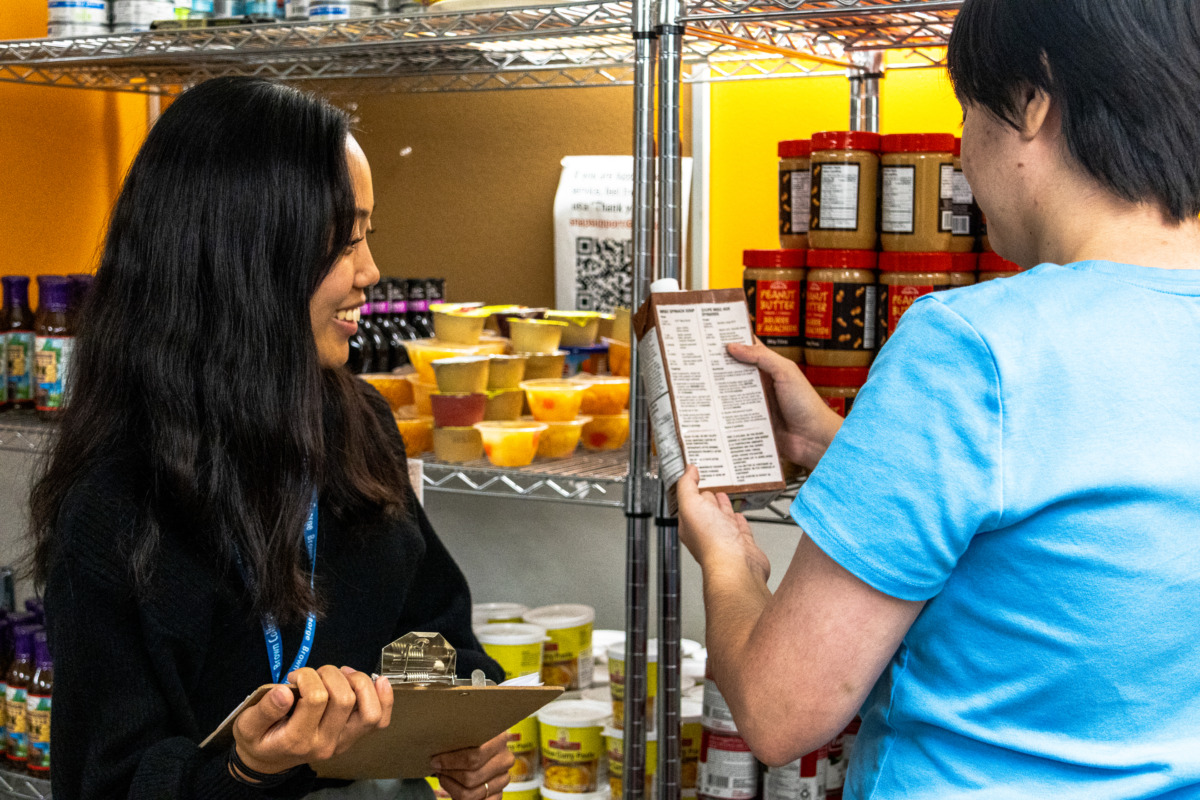Students have a new way to remain food secure as the school year kicks off.
With rising costs and an affordability crisis, students may be struggling to pay for necessities.
However, George Brown College (GBC) students facing food insecurity can breathe a little easier this fall as the Student Nutrition Access Program (SNAP) is back again to provide those in need with food supports.
This includes reintroducing the flexible food pantry.
Gabriella Johansson, SNAP lead, explains the evolution of the program and its vital role in supporting students.
“We do a number of things. So, food is one of the things that we talk about, we certainly talk about food insecurity, but we also do other things as well. So, we’ve done webinars on finance, I’ve had a trustee like Doug hoys come and talk about [finance to students],” said Johansson. “We also have webinars on exercise. So, it’s a lot of mental health and, well, it’s just like Student Association talks about. We certainly talk about that as well in different ways. And we also give referrals. So why is it important, it’s needed. So, everybody needs to eat, of course, everybody needs to have some sort of sense of security when they come to a college.”
She emphasized that SNAP is open to all students including full-time, part-time, and co-op, offering much more than just food support.
The return of the flexible selection model, which allows students to choose their own groceries weekly, marks a significant shift from the pre-packaged hampers which were implemented by the service as a response to the COVID-19 pandemic.
Johansson says in its former format, students would be able to come once a month to choose their food. This would often have upwards of 100 people lined up at the SNAP office waiting to have their turn.
With its reintroduction, she notes that students are able to come weekly to select less items, and they must make an appointment first.
“[Before] you would open the door and there’s a long, a huge line we’re looking at about 75 to 100 people… now do it in a way that’s structured, that’s easier for people to use, and it’s not stressful. So having five items is easier for people. If we were to increase it to 10 items, that’d be harder for them to make a choice. So, five items is ideal. There are things that are complimentary. Fruits and vegetables are complementary. Culinary food certainly is. So that makes it easier. So, they end up walking out with more items, but their key thing is five major items, so that can be anything from milk, eggs, produce dry food, canned food, you know, that sort of idea,” she said.
Johansson adds that this format addresses a critical issue that arose with pre-packed hampers—unwanted items often went to waste.
“This personalized approach ensures that students only take what they will use, which is more efficient and respects their individual preferences.”
SNAP also emphasizes the importance of resilience and self-sufficiency. Workshops on time management, and even gardening have been offered to help students develop essential life skills.
“School isn’t just about getting high marks anymore. It’s about learning how to work with others, understanding patience, and using the tools you’re given,” Johansson remarked.
In addition to webinars, SNAP provides referrals to other essential services such as outside foodbanks, legal services, mental health counselling, and other services offered through the Student Association.
As the new semester begins, SNAP’s reintroduction of the flexible food selection program and its broader range of services highlight the college’s commitment to student well-being.
For more information or to book an appointment with SNAP, visit https://www.studentassociation.ca/snap/


